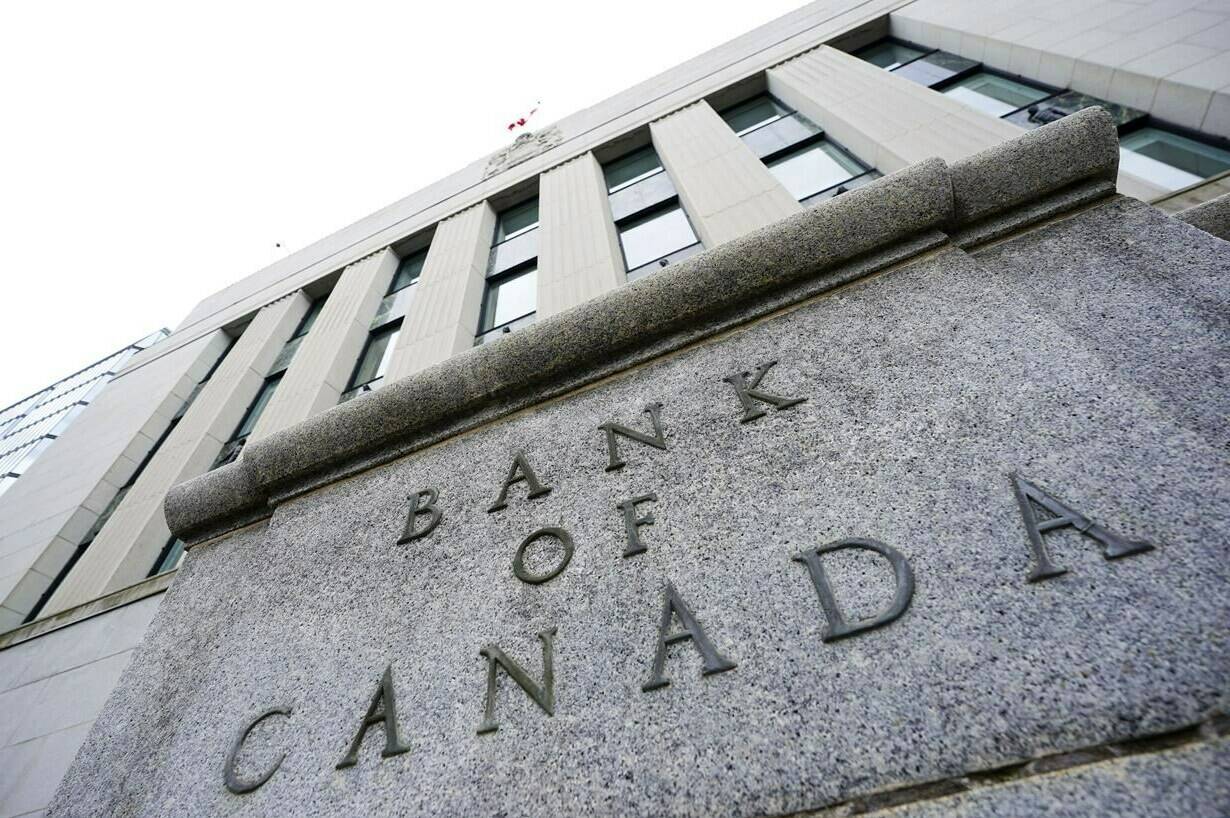The Bank of Canada hiked its key interest rate by half of a percentage point Wednesday and said rates will need to rise further to clamp down on decades-high inflation.
Since March, the central bank has raised its key interest rate six consecutive times, bringing it from 0.25 per cent to 3.75 per cent in one of the fastest monetary policy tightening cycles in its history.
Speaking at a news conference on Wednesday, Bank of Canada governor Tiff Macklem said the bank expects its policy rate will need to rise further.
“How much further will depend on how monetary policy is working to slow demand, how supply challenges are resolving and how inflation and inflation expectations are responding to this tightening cycle,” Macklem said.
He said there are no easy outs in restoring price stability.
“We need the economy to slow down to rebalance demand and supply and relieve price pressures,” Macklem said.
“We expect growth will stall in the next few quarters — in other words, growth will be close to zero. But once we get through this slowdown, growth will pick up, our economy will grow solidly, and the benefits of low and predictable inflation will be restored.”
Economists were split on whether the Bank of Canada would go with half or three-quarters of a percentage point heading into the announcement Wednesday.
Tu Nguyen, an economist with RSM Canada, said the announcement is “surprising” and “risky” given the U.S. Federal Reserve is expected to raise rates by three-quarters of a percentage point next week.
“That could be risky in the sense that it could weaken the Canadian dollar even more than it is right now,” Nguyen said. “That could fuel inflation even further, because it makes anything that is imported from the U.S. to Canada more expensive.”
In its latest monetary policy report, the bank notes that although inflation in Canada has eased in recent months, prices for food and services continue to rise rapidly.
Canada’s annual inflation rate dropped slightly in September to 6.9 per cent but the cost of groceries continues to climb. According to Statistics Canada, the cost of groceries has been rising at the fastest pace since 1981, with prices up 11.4 per cent in September compared with a year ago.
The Bank of Canada says it expects inflation to slow to three per cent by the end of 2023 before getting back to its two per cent target by the end of 2024.
The Bank of Canada said the Canadian economy continues to operate with significant excess demand while businesses face widespread labour shortages.
Higher interest rates are starting to help rebalance supply and demand in the economy as higher borrowing costs slow spending, the bank said.
As fears of an impending recession grow, the central bank has revised down its forecast for growth both domestically and globally.
In Canada, the central bank said it expects economic growth to stall toward the end of the year and into the beginning of 2023, with growth somewhere between zero per cent and 0.5 per cent.
“This suggests that a couple of quarters with growth slightly below zero is just as likely as a couple of quarters with small positive growth,” the bank said.
Its longer run forecast suggest the Canadian economy will grow by just under one per cent in 2023, then by two per cent in 2024.
The bank said that while it previously considered the negative effects of supply chain disruptions and the labour market mismatch to be temporary, it now assumes them to be permanent. That change will weigh on economic growth, though higher immigration will partially offset their effects, the bank said.
Global growth is expected to decline from 3.25 per cent in 2022 to about 1.5 per cent in 2023, marking the slowest rate of global growth since 1982, excluding the COVID-19 pandemic and the 2008-09 global financial crisis. It’s then expected to rebound to about 2.5 per cent in 2024.
—The Canadian Press
RELATED: Bank of Canada raises key interest rate by 0.75%, says rates likely need to go higher

